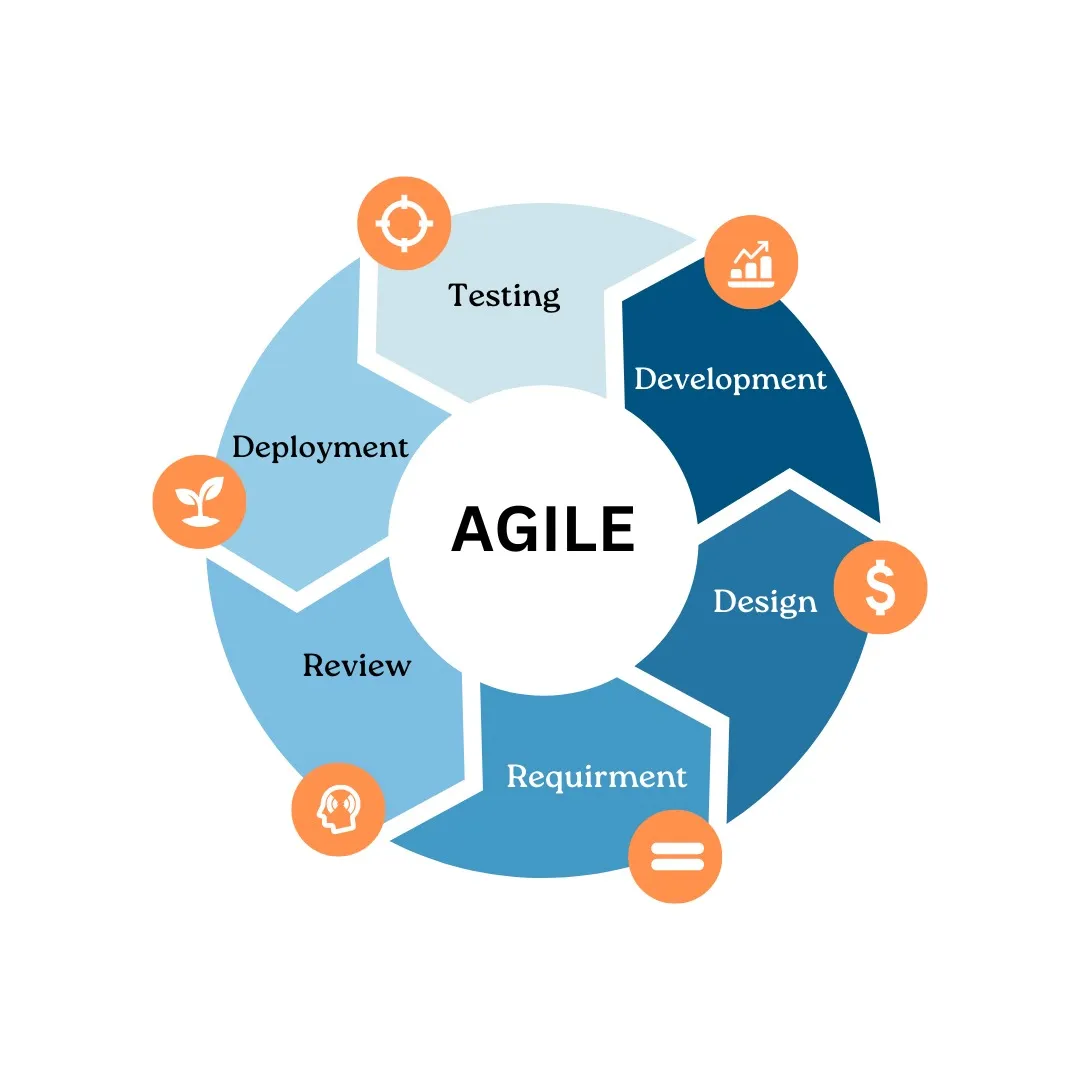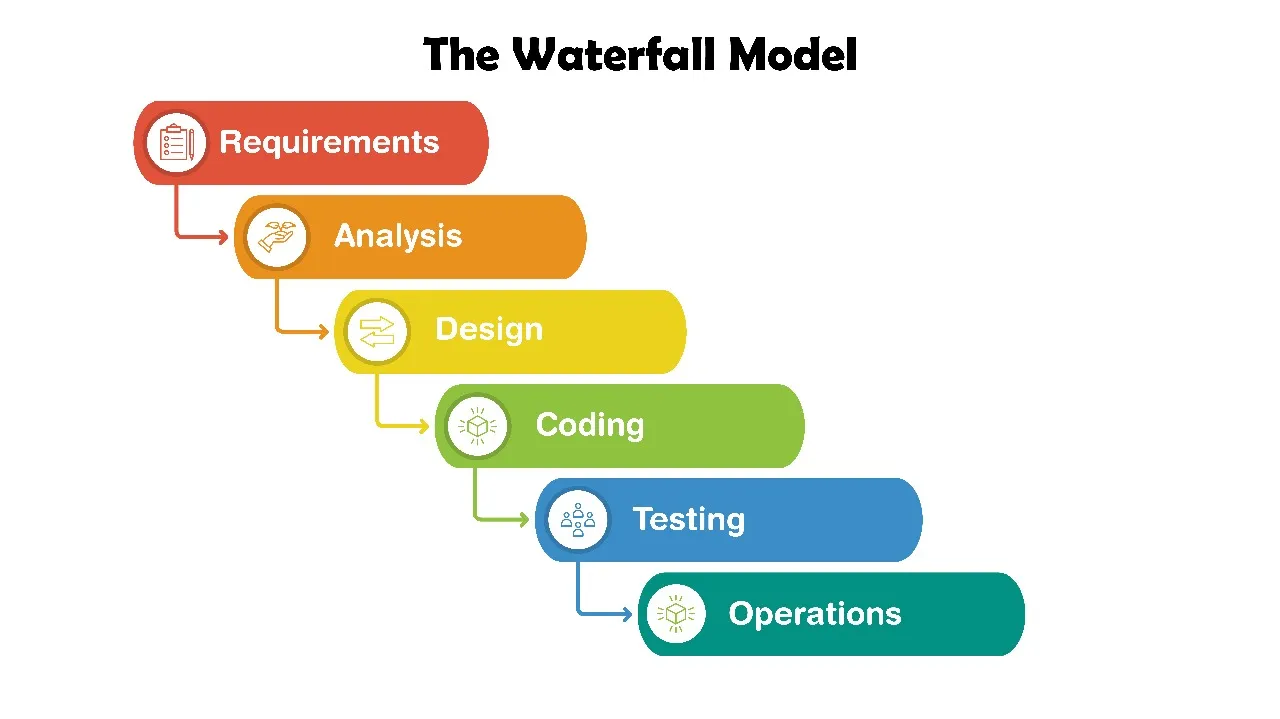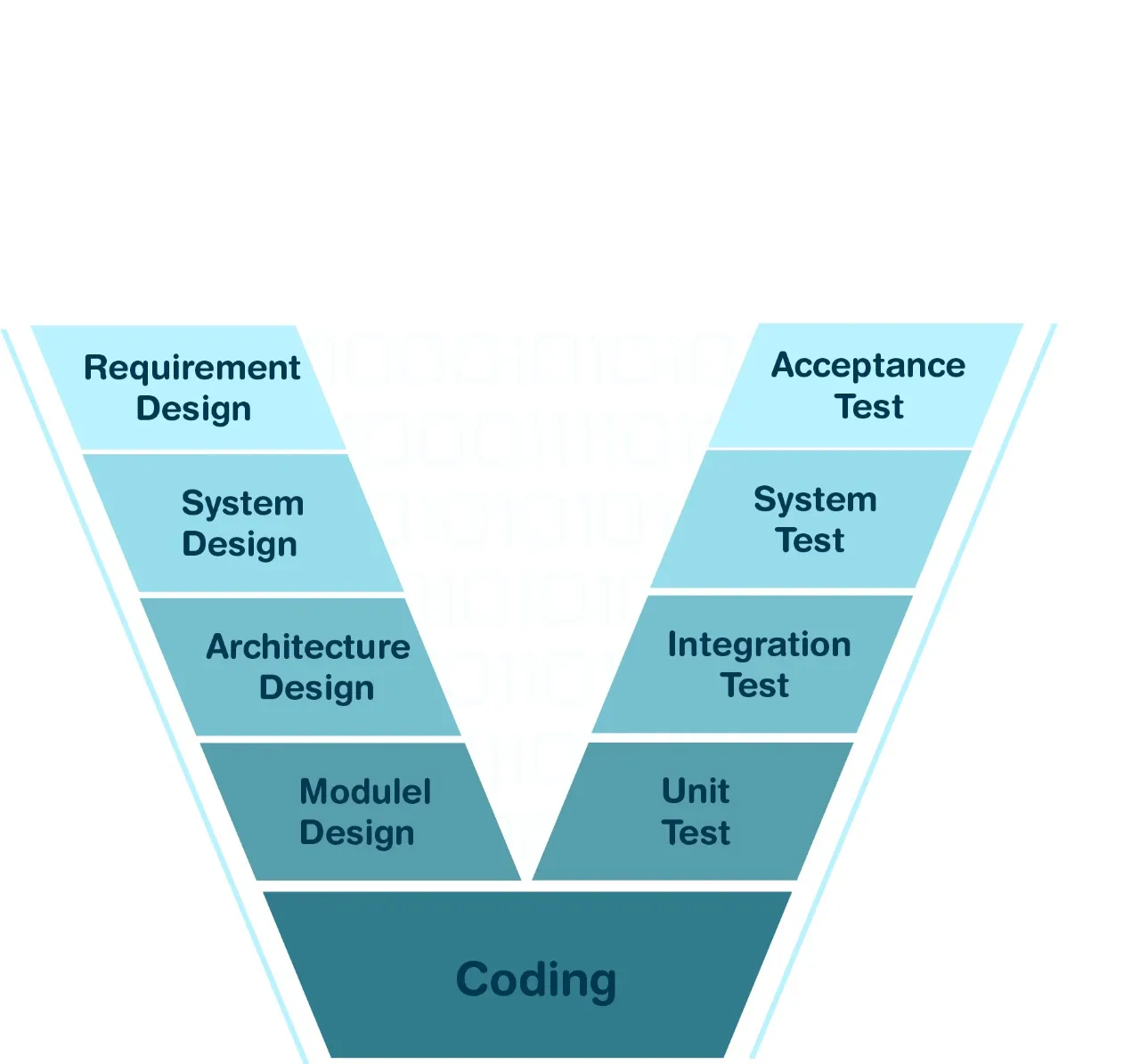In the "digital age," our reliance on software to accomplish tasks has become all-encompassing. Whether it's managing complex machinery, operating state systems, or simply typing this article on Google Docs, software is deeply integrated into both our professional and personal lives. As a result, software development has become an essential part of this landscape.
However, many people outside the programming world may not fully understand the extensive work and ongoing maintenance that professionals invest in ensuring software functions seamlessly. The intricate process of building new software from scratch, along with the diversity of software types, often goes unnoticed.
This article aims to shed light on software development, offering insights into its various applications and the range of technologies involved. Given that the software development industry is valued at around $500 billion, it's important for everyone to recognize the vast scope and significance of this field.
By the end of this article, you'll have a comprehensive understanding of software development, including its different types, the methodologies employed, and the programming languages suited to various development approaches.
Software development, often referred to as application development or software design, encompasses a series of processes that are essential for creating functional and reliable software products. These processes include:
- Preliminary Research: Initial exploration to understand the project requirements and feasibility.
- Flow Design: Planning the overall structure and flow of the software, including its architecture.
- App Designing: Creating the visual and interactive elements of the software to ensure a user-friendly experience.
- Programming: Writing the actual code that makes the software function as intended.
- Software Testing: Rigorous testing to identify and fix any bugs or issues.
- Debugging: The process of locating and correcting code errors to ensure smooth operation.
These steps are all integral parts of the Software Development Life Cycle (SDLC), a framework that outlines the stages involved in the creation and maintenance of software. In today's landscape, software development encompasses a wide variety of software types, each serving different purposes and audiences.
Types of Software in Development
- Programming Software:
- Programming software consists of tools designed to assist developers in writing and testing code for other software applications. Examples include compilers, text editors, linkers, debuggers, and interpreters.
- System Software:
- System software serves as the backbone of computer systems, enabling the functioning of both the hardware and application software. This category includes operating systems (OS), device drivers, utilities, and compilers, all of which help manage hardware components and run the system more efficiently.
- Application Software:
- Application software is created to perform specific tasks for users, whether for business, entertainment, or personal productivity. Examples include enterprise software like Customer Relationship Management (CRM) systems, Software as a Service (SaaS) applications, games, and database software. Most people interact with software primarily through these types of applications.
- Freeware, Open-Source, and Commercial Software:
- Open-Source Software: This type of software is distributed for free, with the source code made available so that users can modify or improve it as needed.
- Freeware: Freeware is provided to users at no cost, but unlike open-source software, its source code is not made available to the public.
- Commercial Software: Commercial software is developed for the purpose of selling or licensing it to end-users or businesses. It is typically proprietary, meaning its source code is kept confidential by the developer or company.
Global Software Developer Workforce in 2024
As of 2024, the global software development workforce is expected to continue growing, reflecting the increasing demand for digital solutions across various industries. This growth underscores the importance of software development in driving innovation and efficiency in both the public and private sectors.
By understanding the different types of software and the processes involved in their creation, we can better appreciate the role of software development in our daily lives. Whether it’s the operating system that runs your computer, the app you use for work, or the game you play for fun, software development is at the heart of our digital experiences.
11 Types of Software Development
Software development is a diverse field, encompassing various specializations and approaches. Although the term is often used broadly to describe all forms of computer programming, specific niches exist within this domain that are important to understand.
1. Data Science Development
Data science development focuses on deriving meaningful insights from large datasets through advanced analytical techniques. Data scientists leverage these insights to train AI models, ensuring that data is correctly processed and presented for various AI-driven applications.
Programming Languages Used:
- Python
- R
- Scala
2. Server-Side Web Development (Back-End)
Server-side web development deals with everything that happens behind the scenes of a web application. This includes server logic, database interactions, and user authentication, ensuring that the back-end operates seamlessly.
Programming Languages Used:
- Python
- Ruby on Rails
- Node.js
- Java
3. Mobile Development
Mobile development, often known as app development, involves creating applications for mobile devices running operating systems like iOS and Android. Mobile apps are typically designed to function across multiple platforms.
Programming Languages Used:
- Kotlin
- Swift
- Dart (for Flutter)
- JavaScript (React Native)
4. Low-Code and No-Code Development
Low-code and no-code development approaches aim to simplify the creation of applications by reducing the need for extensive coding. These platforms empower both developers and non-developers to build functional applications quickly using visual tools and pre-built modules.
Tools & Platforms Used:
- Mendix (Low-Code)
- OutSystems (Low-Code)
- Bubble (No-Code)
- Zapier (No-Code)
5. Client-Side Web Development (Front-End)
Client-side web development focuses on everything users see and interact with in a web application, such as content, layout, and user interface elements. It also involves ensuring the application is responsive and performs well across different devices.
Programming Languages & Tools Used:
- HTML5 / CSS3
- JavaScript (Vue.js, React.js)
- SASS/SCSS (CSS Preprocessors)
- Webpack
6. Embedded Software Development
Embedded software development involves coding for embedded systems that operate within devices such as IoT gadgets, microcontrollers, and other hardware. This development is crucial for devices that require specific, low-level control over their functions.
Programming Languages Used:
- Rust
- C++
- Python
- Assembly
7. API Development
API (Application Programming Interface) development focuses on creating interfaces that allow different software applications to communicate with each other. APIs serve as a bridge, enabling seamless integration between various systems and services.
Programming Languages & Tools Used:
- Python (Flask/Django)
- GraphQL
- JavaScript (Node.js)
- Go
8. Software Application Development
Software application development involves building programs that operate on desktop operating systems like Windows, macOS, or Linux. These applications can range from productivity tools to complex enterprise systems.
Programming Languages Used:
- C#
- Python
- Java
- Electron (JavaScript-based framework)
9. Cloud Computing
Cloud computing development focuses on creating applications that utilize remote servers to store and manage data, rather than relying on local storage or computing resources such as Githut, AWS. This allows for scalable and efficient data management solutions.
Programming Languages Used:
- JavaScript (Node.js)
- Python
- Go
- Java
10. Database Development
Database development involves creating and managing structured data systems that support software applications. Developers work with Database Management Systems (DBMS) to ensure efficient data collection, storage, and retrieval.
Programming Languages & Tools Used:
- SQL
- NoSQL (MongoDB)
- PostgreSQL
- Redis
11. Security Software Development
Security software development focuses on creating tools that protect systems and data from cyber threats. This includes building applications that prevent unauthorized access, detect vulnerabilities, and ensure data integrity.
Programming Languages Used:
- Python
- C
- Bash/Shell scripting
- Go
Software Development Methodologies
The Software Development Lifecycle (SDLC) is an essential framework that guides developers in creating and refining software applications. By adhering to international standards, software development teams can systematically design, build, and maintain high-quality software. The SDLC not only ensures that the development process is organized but also aims to maximize efficiency by focusing on problem-solving, helping teams meet budget and timeline goals.
For companies like Aloa, the SDLC is crucial in reducing costs, increasing delivery times, and exceeding customer expectations. It minimizes inefficiencies and provides a clear roadmap for the project, allowing for detailed analysis at each step.
Why SDLC?
- Foundation for Project Planning and Estimation: The SDLC offers a solid base for planning and estimating project timelines and costs.
- Accurate Project Tracking and Control: It allows for precise tracking and control over the project's progress.
- Enhanced Visibility for Stakeholders: The SDLC improves project visibility, ensuring all stakeholders are informed about the project's status.
- Increased Development Speed: By following the SDLC, teams can work more efficiently, reducing delays.
- Reduced Project Risk: The structured approach of the SDLC helps mitigate risks and minimizes overhead in project management.
Phases of Software Development Methodologies
The SDLC is broken down into several phases, each with its unique process and deliverables. Typically, these phases are organized as follows:

I. Requirement Gathering
Requirement gathering is the foundational phase of the SDLC. During this phase, all stakeholders, including customers, product owners, and other key team members, come together to gather the necessary information about the software. This phase is crucial as it defines the project's scope, including performance expectations and completion timelines.
A meeting is usually held between the project manager and stakeholders to ensure that everyone has a clear understanding of the deliverables. After gathering all the relevant information, a feasibility study is conducted to create a realistic timeline for the project. The data and information collected are documented in the Software Requirement Specification (SRS) document.
II. Design
Once the requirements are gathered, the design phase begins. This phase serves as the blueprint for the software, modeling how the application will function. The development team, including software architects and UI/UX designers, works on high-level and detailed designs.
The design phase sets the foundation for the software's architecture, user interface, communication design, and overall user flow. It guides the development team in building the software in alignment with the initial requirements.
III. Software Development
The software development phase is where the actual coding takes place. Engineers and developers, both front-end and back-end, work on implementing the design into a functional application. Depending on the project's size, this phase might involve a single developer or a large team.
Back-end developers typically handle data structures and server logic, while front-end developers focus on the user interface, ensuring it aligns with the design specifications. The integration of these components results in a working prototype. Throughout this phase, maintaining high code quality and proper documentation is crucial.
IV. Testing
Testing is a critical phase that ensures the software functions as intended. It can be performed by developers, dedicated testers, or even stakeholders. Although testing used to occur primarily after development, modern SDLC practices often integrate testing throughout the development process to catch bugs and defects early.
Key testing methods include:
- System Testing: Validates that the software meets all specified requirements by testing it as a complete system.
- Integration Testing: Combines individual modules to test them as a group, focusing on the interactions between components.
- User Acceptance Testing (UAT): The final testing phase before launch, where potential users or clients test the software to ensure it can handle real-life scenarios.
V. Deployment
After successful testing, the software is deployed to end users. The deployment phase involves generating user guides, handling installation procedures, and meeting system requirements. This phase is critical for ensuring a smooth transition from development to production.
VI. Maintenance
Maintenance is the final phase of the SDLC, though it continues as long as the software is in use. During this phase, any issues that arise post-deployment are addressed through updates and patches. Maintenance also involves collecting user feedback, which can guide future improvements and feature enhancements.
This phase ensures the software remains functional and relevant, adapting to changing user needs and technological advancements.
5 Popular Types of Software Development Methodologies
A. Agile Model
The Agile methodology is currently one of the most widely used approaches in software development. Agile breaks down the development process into smaller, manageable tasks known as sprints, each lasting between one to three weeks. The development team works collaboratively to complete these sprints on schedule, ensuring steady progress throughout the project.
Agile stands out for its focus on continuous interaction between development and testing, which fosters better product management. Scrum and Kanban are two of the most commonly used Agile methodologies. By promoting close collaboration and eliminating delays, Agile helps reduce inefficiencies and lowers overall project costs.

B. Waterfall Model
The Waterfall model is another well-established methodology in software development. It involves dividing the development process into distinct stages, where each stage must be completed before the next one can begin. This model is known for being document-intensive, requiring thorough documentation of each stage before moving on to the next.

While the Waterfall model provides a structured approach, it emphasizes detailed planning and documentation early in the process, which can be beneficial for projects with well-defined requirements.
C. Incremental Model
The Incremental model is a series of mini-Waterfall cycles, where each iteration adds new features to the software until all requirements are met. This model begins with dividing the project’s requirements into smaller groups, with each group following the SDLC to develop the software.
The model allows for overlapping development cycles, enabling new cycles to begin even before the previous ones are completed. This iterative process ensures that each version of the software builds upon the previous one, gradually enhancing the product.
D. V Model in SDLC
The V-Model, also known as the Verification and Validation model, introduces parallel planning into the SDLC. It organizes the development process in a V-shape, with verification stages on one side and validation stages on the other. The V-Model is particularly useful during the coding phase, ensuring that both development and testing are aligned from the start.

E. Spiral Model
The Spiral model is a risk-driven approach that combines elements from various methodologies, such as the Waterfall and Incremental models. This model emphasizes iterative cycles of planning, prototyping, and development, making it ideal for projects where risk management is crucial. The Spiral model allows teams to refine and optimize their processes continually, adapting to new challenges as they arise.
Conclusion
The field of software development is vast and multifaceted, serving as the backbone of modern computing and digital transformation. For aspiring developers or those looking to hire skilled professionals, understanding these foundational methodologies is essential.
Choosing a reliable development partner is crucial for ensuring the success of your project. A company with a rigorous vetting process can provide the expertise and assurance needed for high-quality custom software development. At Suma Droid, we offer that peace of mind. If you have any questions or need assistance with your next project, feel free to contact us at info@suma.com.








